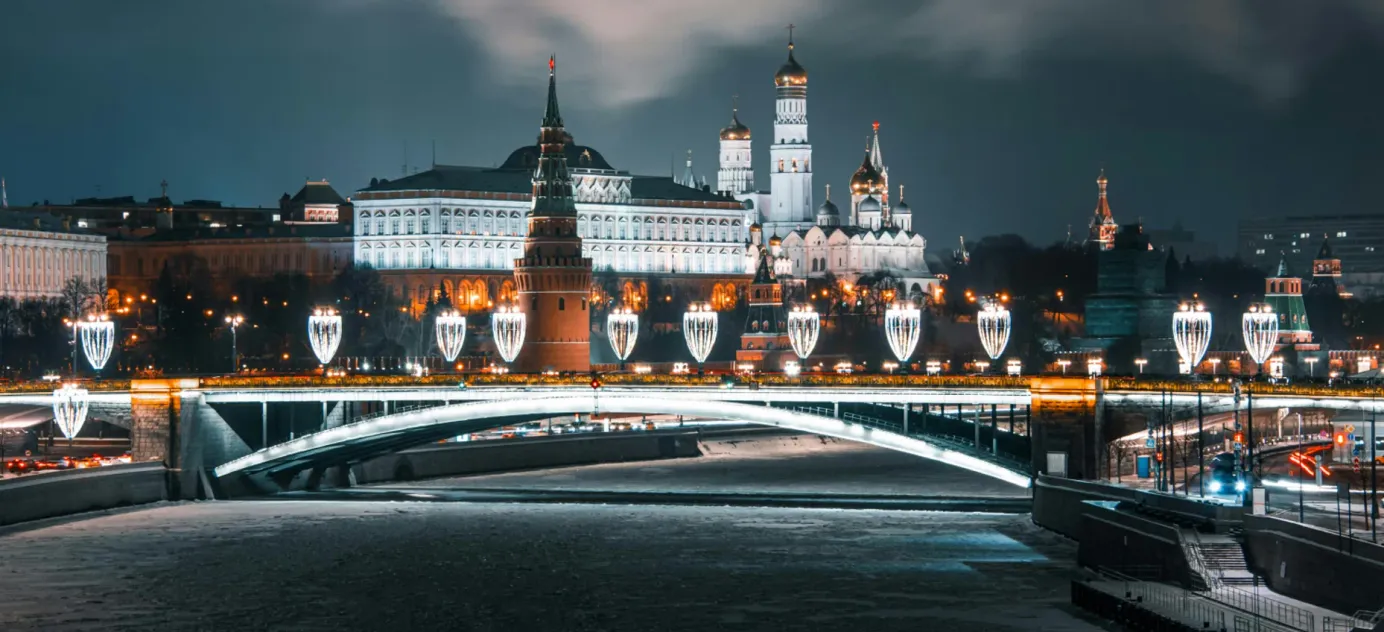
Kremlin steps in as local heating systems collapse
Even by Russian standards, it’s a particularly bleak midwinter, with unusually low temperatures sending the mercury below -30°C in places. Across many Russian regions, creaking utility networks have seen central heating systems fail, leaving tens of thousands of people without heating or hot water supply to their homes. Seeing that local authorities cannot cope with the problems, the Kremlin has started intervening directly.
- The first pipeline breakdowns and power cuts started in late December, hitting Kaliningrad, St. Petersburg and Chelyabinsk. In January, the issue spread further. Parts of the Moscow region were left without heating, as were the Yaroslavl and Leningrad regions, and the cities of Ryazan and Voronezh.
- The worst situation was in Klimovsk, just 50 kilometers from Moscow. On the night of Jan. 3-4, a fractured pipe triggered an emergency shutdown from the boiler house of the Klimovsk Specialized Ammunition Plant to the city’s heating grid. (It’s not unusual for towns across the former Soviet Union to get their heating from a military enterprise that otherwise has no connection to public service companies or heating providers.) As a result of the shutdown, 176 residential buildings with more than 20,000 inhabitants were left without heat. Residents were simply urged to wrap up warm and forced to use cold water at home, while outside the temperature dropped below -20°C. By Jan. 10, some 30 buildings were still without heat.
- Klimovsk’s problems attracted Vladimir Putin’s attention. He ordered Andrei Vorobyov, governor of the Moscow region, to nationalize the boiler station. Since two of the owners live abroad, the local authorities have every right to take charge in an emergency situation, Vorobyov said, justifying the decision.
- The collapse of heating and water systems is due to overwhelming wear-and-tear on Russia’s municipal infrastructure. In many parts of the country, old steel pipes installed in the 1960-80s are still in use. They were originally set to last just 25 years. Across the country, 44.2% of utility infrastructure has already passed its life expectancy and the rate of modernization and replacements is slowing every year, according to figures from the state statistics agency Rosstat. Around an extra 3% of the heating, water and sanitation network is defined as being in an “emergency” state on an annual basis, but no more than 1-2% of the network is being updated, according to official figures. This leads to an average of 6,600 outages per month across the country.
- It would cost 2.2 trillion rubles ($194 billion) to completely renew Russia’s local housing and communal infrastructure, the authorities say. In 2023, just 30 billion rubles ($2.6 billion) was spent from the state budget on the problem. Moscow’s budget shortfall caused by the war in Ukraine and resulting Western sanctions is further restricting the funds that can be invested into local infrastructure, the government has indicated. Nevertheless, Putin said that last year 337 billion rubles ($30 billion) “from all sources” was spent on maintaining Russia’s municipal utility network.
- If that is the sum of money that was allocated, there are questions over how wisely it was used. Klimovsk is a good example of the problem. The ammunition factory which provides heating for half the city is a restricted facility, meaning officials could not conduct any preparation of the boilers for the winter months, and knew nothing of the problem for a full day after it occurred.
- Ownership of the plant is also complicated. One of the co-owners, Jorge Portilla-Sumin, has been convicted of murder. In the early 2000s he gained control of the factory by dubious means and since 2021 has been under investigation for fraud and money laundering. Portilla-Sumin was born in Moscow, but holds Mexican citizenship through his father. In the early 1980s he became an ally of notorious “thief-in-law” Valerian Kuchuloria (known as Pisso), and used his father’s diplomatic immunity to help smuggle antiques. In 1984 the father left the family. A year later Jorge killed him. He was sentenced to 14 years in jail but was helped by Pisso’s patronage. He served his sentence in Georgia where he was schooled by other notorious gang figures. His new friends helped him secure an early release and in 1992 he was freed and went to the United States. He began representing the interests of the newly-independent Georgian authorities and started purchasing arms for various customers, including those fighting in several “hot spots” around the world.
Why the world should care:
Taking companies under what it calls “manual control” — de facto direct intervention from Moscow — has been a Kremlin go-to move in recent years. It is one that is growing in the run-up to the presidential election in March. Underlying problems, such as decaying infrastructure, cannot be fixed overnight. And instead of a big picture solution, the Kremlin understands that it is possible to simply nationalize problematic facilities, especially where there are links to the criminal underworld, and be seen as doing something. Right now, we can only guess at the full extent of “manual control” the Kremlin is willing to exert.





